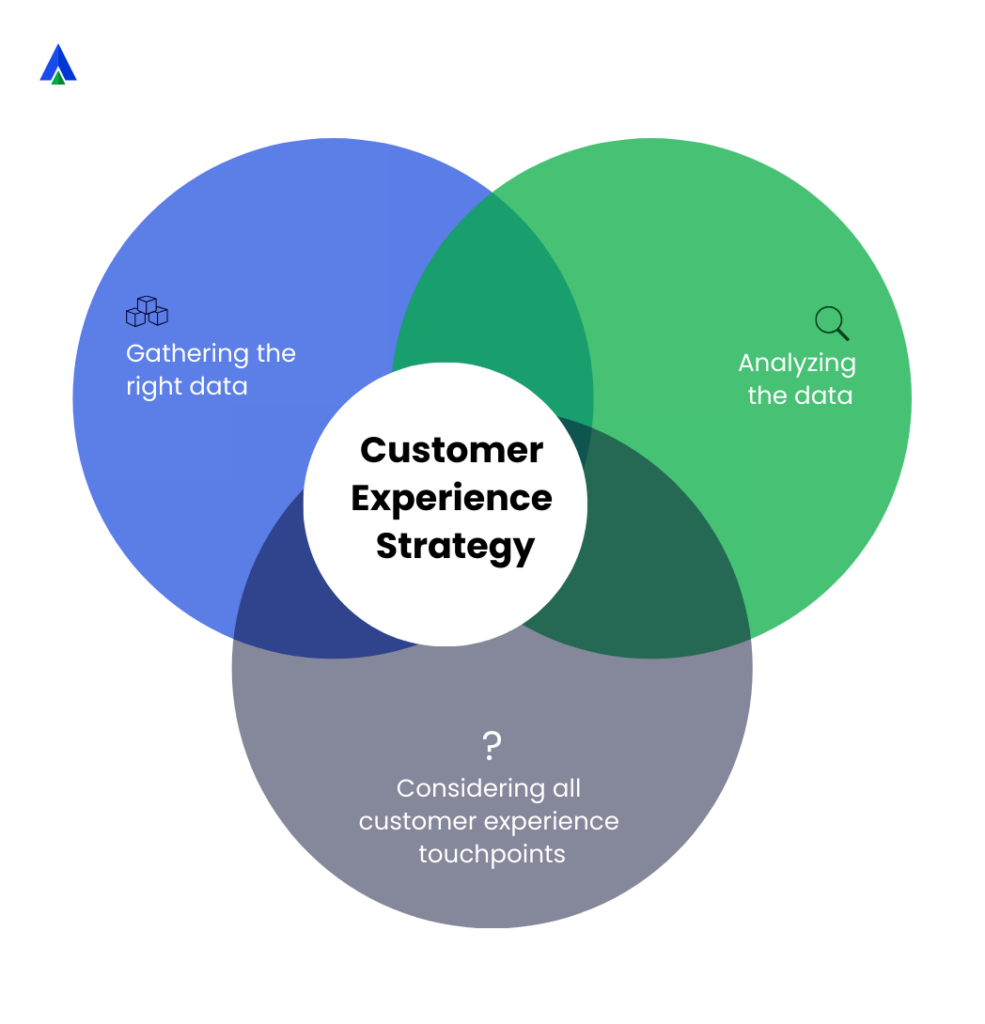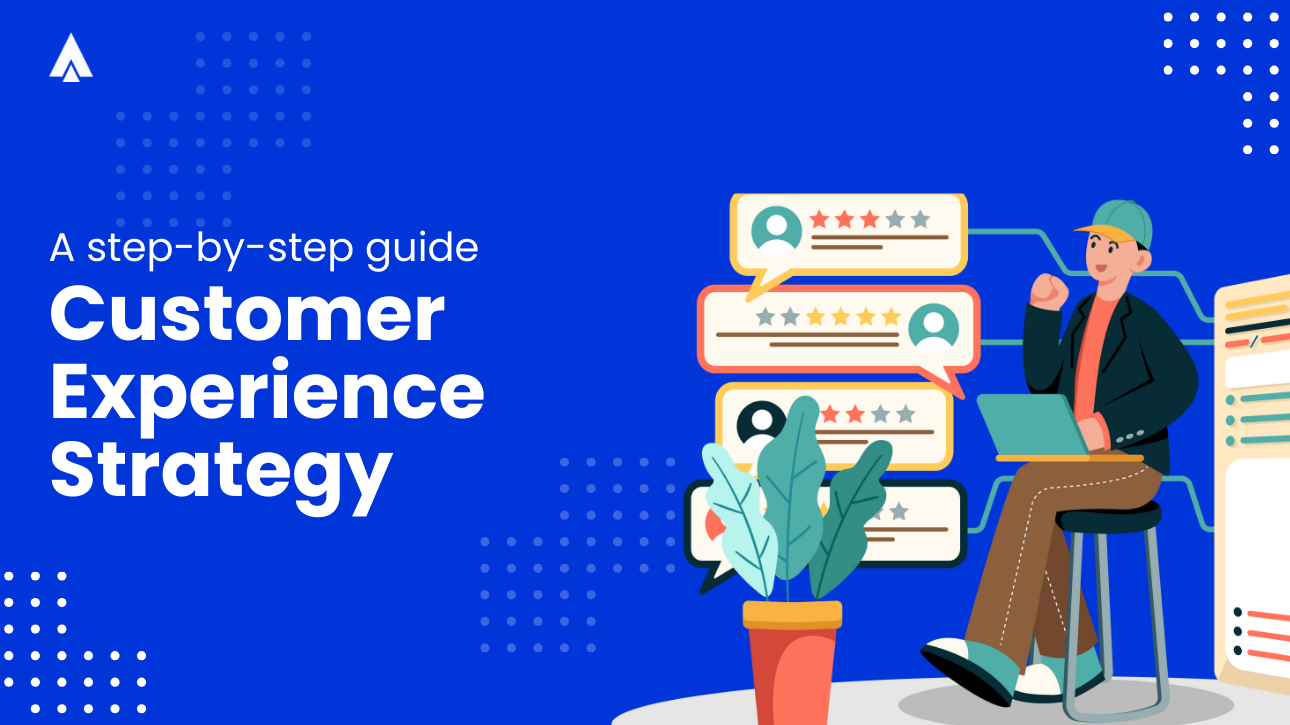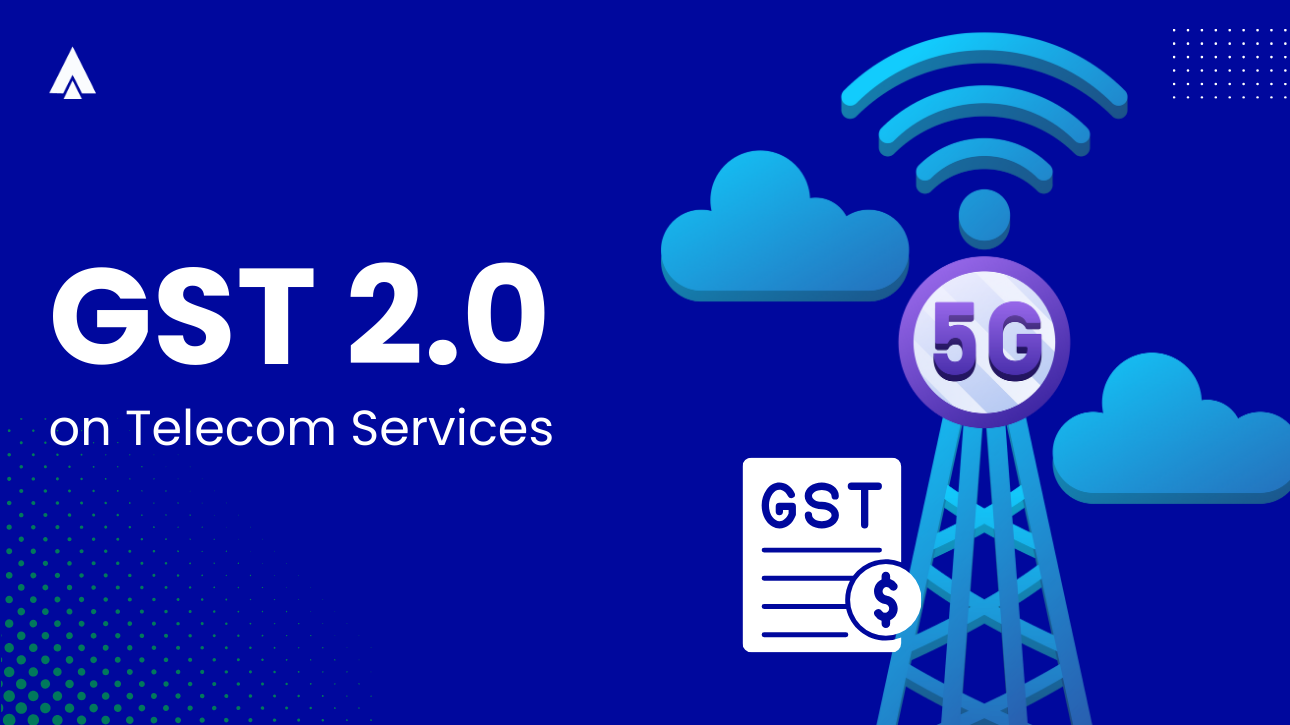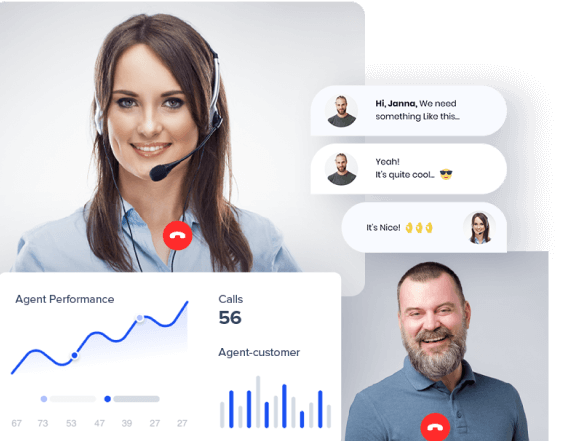‘Customer is king’ is undisputed even in this day and age. Needless to say, all the power rests in the hands of the customers. And this is a truth that businesses need to understand well. Customers are pillars of success and can make or break the future of any company.
Thus, businesses must deliver an experience that is a class apart. It is this experience that becomes the defining element of any business’ success.
While one may think it is easy to deliver a great customer experience (CX), many successful companies have a hard time dealing with it. As the radar of the customers starts to get bigger, the challenges also increase.
Let’s break down the ins and outs of a robust customer experience strategy and how you can create one.
What is a Customer Experience Strategy?

A customer experience (CX) strategy is a clear, actionable plan designed to create meaningful interactions between brands and customers.
An effective CX strategy is built on key elements like:
- Insights into competitors
- Consumer behavior research
- Market trends and data
- Your company’s mission and vision
It’s important to involve all departments in shaping this strategy, not just the teams that interact directly with customers. Gathering input from across the organization helps ensure everyone is aligned and working toward the same goal: enhancing the overall customer experience and strengthening customer relationships.
Why Is a Customer Experience Strategy Important?
Many businesses mistakenly assume that a customer experience strategy is only relevant for frontline or customer-facing roles. In reality, it affects every aspect of a business, from branding and operations to long-term financial performance. A well-crafted CX strategy brings a range of significant benefits.
Here are five key reasons why developing strong customer experience strategies is essential:
1. Increased Customer Loyalty & Reduced Churn
A single bad experience can drive customers away. In fact, 54% of customers say they’d stop engaging with a brand after just one negative interaction. On the flip side, companies that invest in CX improvements see real results. For example, McKinsey noted that a telecom company reduced churn by 75% after redesigning its customer experience.
2. Revenue Growth
Loyal customers stick around longer and tend to spend more, especially in industries with high customer lifetime value (CLV). Companies known for exceptional customer experiences often double their revenue growth over time. While results don’t happen overnight, consistent improvements can lead to a significant competitive edge.
3. Stronger Brand Advocacy
Happy customers talk. A positive customer experience encourages word-of-mouth referrals and social sharing, building brand reputation and attracting new business. Tools like the Net Promoter Score (NPS) help measure this advocacy, showing how likely customers are to recommend your brand.
4. Competitive Differentiation
In saturated markets, a product or price alone may not be enough to stand out. A great customer experience becomes a powerful differentiator. When your service feels seamless, thoughtful, and consistent, it becomes much harder for competitors to lure customers away.
5. Better Internal Alignment & Efficiency
A well-defined CX strategy fosters collaboration across departments. When everyone from marketing to operations understands their role in the customer journey, it reduces friction, improves communication, and streamlines workflows, all of which contribute to a smoother experience for the customer.
How to Create a Customer Experience Strategy?
To devise an effective customer experience strategy, focus on the common problems that your customers face. Take an in-depth look to learn more about their issues and figure out how your product can help. When you start doing this, you begin inching closer to delivering unparalleled CX.
1) Know Your Customers In and Out
It is imperative that businesses know their customers’ behaviors. In an ever-changing landscape, it is crucial to figure out the actual needs and demands of the customers.
How can you find these needs?
Feedback is always the best and safest way of knowing what’s working and what’s not working for your customers. Businesses must focus on extending multichannel support to collect customer feedback, that is via emails, social media handles, calls, SMSs, and chats. Other options, such as surveys, also help us to know what the customers really need.
Customer reviews are an important aspect while collecting feedback as they directly evaluate a company’s products and services. These reviews can further be forwarded to the departments concerned and will help in improving the services. Additionally, customer calls can be recorded and used to train new agents and deliver more engaging and satisfying service.
Don’t just stop there, put yourself in the customer’s shoes and analyze if your services are able to eliminate their pain points and make their lives easier.
2) Pay Attention to Negative Feedback
Both positive and negative feedback offers an insight into the customers’ perspective. While the former motivates the employees, the latter helps the business identify bottlenecks and proactively resolve these issues. It also aids in identifying the strengths and leveraging them in a better fashion.
Your support and marketing team must address these responses effectively and take considerable action wherever required. This will also show the customers that their opinions are taken seriously.
Such an approach benefits the business in two ways, it makes the customer feel valued and improves the quality of customer service.
3) Improve the Support Efficiency
To emerge as the best in this competitive world, it is essential to work on how efficiently you service your clients. It is to be noted that several other companies provide services of almost the same standard as yours. Thus, efficiency becomes an essential differentiating factor that cannot be overlooked.
All this cannot be achieved without a proper Customer Experience Strategy, a dedicated support team, and actionable goals. Customers should be segmented based on their feedback, analytics, and all other data available to the business. You should focus more on building a customer-centric culture not in your team, but overall company.
Delays in any services should be minimized or avoided altogether. Communicate using calls, emails or other channels to capture key insights. Use all-in-one contact center software like tools to collate the insights on one dashboard.
4) Increase the Scope for Innovation and Creativity
As the popular saying goes: ‘keep your friends close and your enemies closer’. While racing to become the best, one should always be aware of what their competitors are doing.
Giants like Apple, Disney, Tesla are now looking for innovative ways to deepen their connections with existing customers rather than making new ones. In this regard, rich technology has been a real help to businesses, it ensures gratifying experiences for, both, customers and the company.
Keeping pace with the modern, technology-driven world is important if you want to stay ahead in the race. Not using the latest tools can hinder the growth of any business. Use these tools to devise new techniques to stay connected with your customers at all times. Make the most of platforms like WhatsApp to send follow-up messages, updates, and other information.
Omnichannel support will help build a strong relationship with the customers. And you can also use separate channels to manage grievances so that your clients don’t have to send out lengthy emails or wait in long queues to get heard. An innovative and creative approach is not only authentic and creative but also cost-effective.
5) Engage Your Customers on Social Media
Customers love getting social. Everyone is on social media, if you are not, then you are absolutely missing out on something that can take your company to new heights. Facebook, Twitter, Instagram, and LinkedIn, to name a few, have become synonymous with people’s voices.
Customers love taking to social media to write reviews and leave suggestions for businesses. It is these reviews and feedback that, then, influence others. Thus, social media is an effective tool to capture and easily engage with your target audience.
Another important factor is that the option of raising concerns via social media is always open. Customers can submit their issues over the various channels available to them, and the customer support executives can track them and resolve the error as soon as possible.
This is a very convenient and easy way to retain your customers. Social media customer support also helps to look at the problems on a bigger scale. Moreover, whenever a query is solved openly and promptly on such networks, people can see how well the business treats their customers and handles their issues.
6) Rewards Your Loyal Customers
Prospective customers will want to do business with you only when they know that your products and services are of high quality. This is where loyal customers are an invaluable asset to the company, they become brand ambassadors and help with organic word of mouth promotion.
One way to ensure customer loyalty is by rewarding them for their engagement, bulk orders, hosting giveaways, and offering them discounts. This will be a good way to acknowledge customers that are truly invested in your brand and spread good word about your company.
Customer Experience Strategy Template
Creating an exceptional customer experience isn’t magic, it’s methodology. Just like following a proven recipe, successful CX strategies combine essential ingredients in the right proportions.
Our template breaks down these six critical components into actionable steps, helping you build a comprehensive strategy that resonates with your customers and drives business results.
To Wrap Up
Since the customer is the king and will always be one, it is important to retain and engage with them over and over. When an organization makes customers their priority, it reflects in their actions and even in their numbers. It also speaks of how much they value their customer relationship, how they treat loyal clients, and how they resolve any and all issues.
More than anything, it is important to make an emotional connection with humans, this is where the winning points lie. Loyal customers play a big role in your success and are a part of your family. Thus, you must take good care of their emotional needs and win their loyalty and trust.
Frequently Asked Questions
Begin by mapping the entire customer journey, including both offline and online interactions. Identify channel-switching moments and ensure transitions are smooth. Integrate data systems to give all teams a complete customer view. Maintain consistent messaging, service quality, and brand values across all platforms.
The 7 Es are expectation, emotion, engagement, ease, effectiveness, execution, and empowerment. They shape how customers think, feel, and behave throughout their experience. A strong customer experience strategy addresses all seven to create a cohesive journey.
Key elements include a clear vision, journey mapping, centralized data, continuous feedback, personalized experiences, shared responsibility across teams, and real-time performance tracking. Together, these ensure a consistent and scalable customer experience.
Digital CX strategies foster loyalty through reduced friction, personalized interactions, and fast, relevant support. When customers feel recognized and supported, they are more likely to stay engaged and committed to the brand.
Set unified goals related to customer experience and ensure all teams can track performance. Break down data silos by using shared tools and dashboards. Assign ownership for specific parts of the journey and hold each team accountable for collective success.














